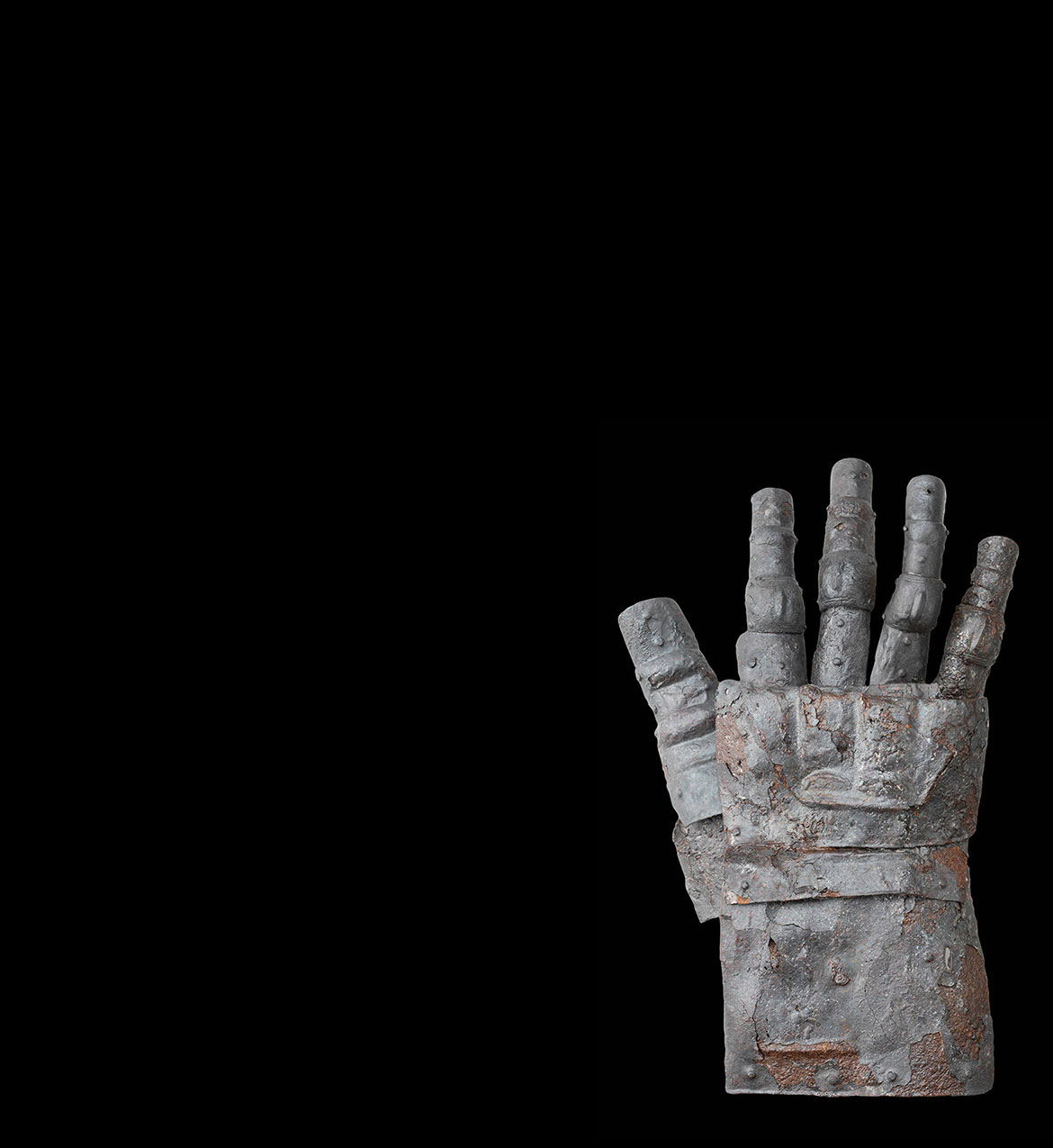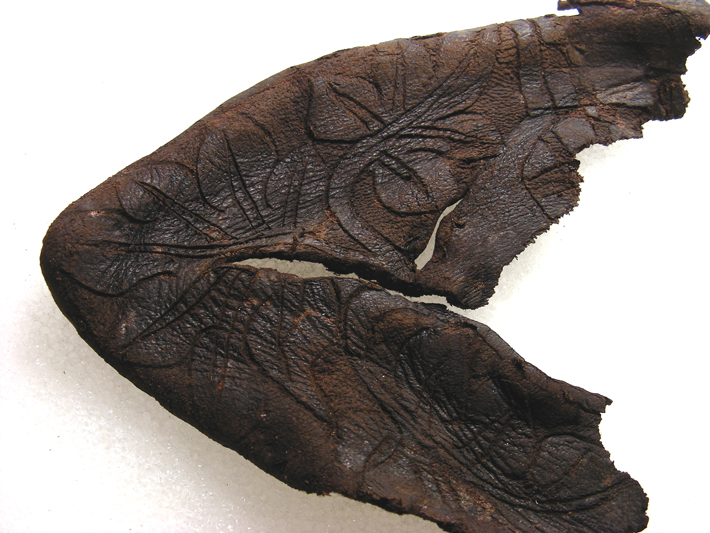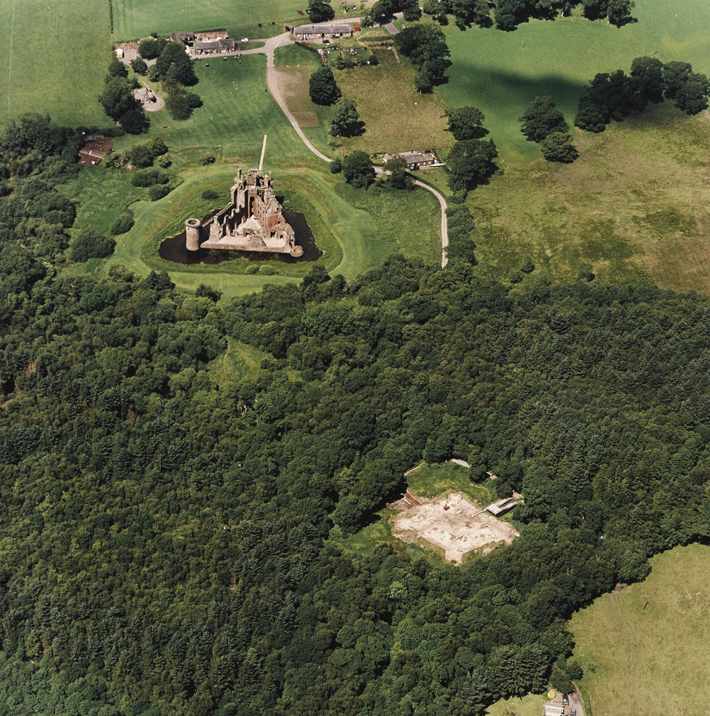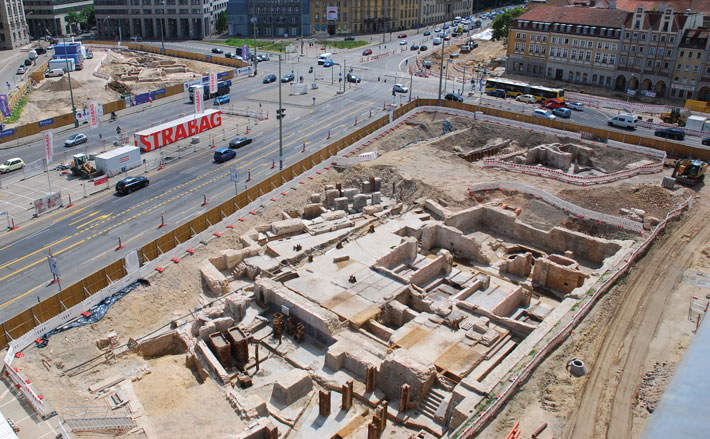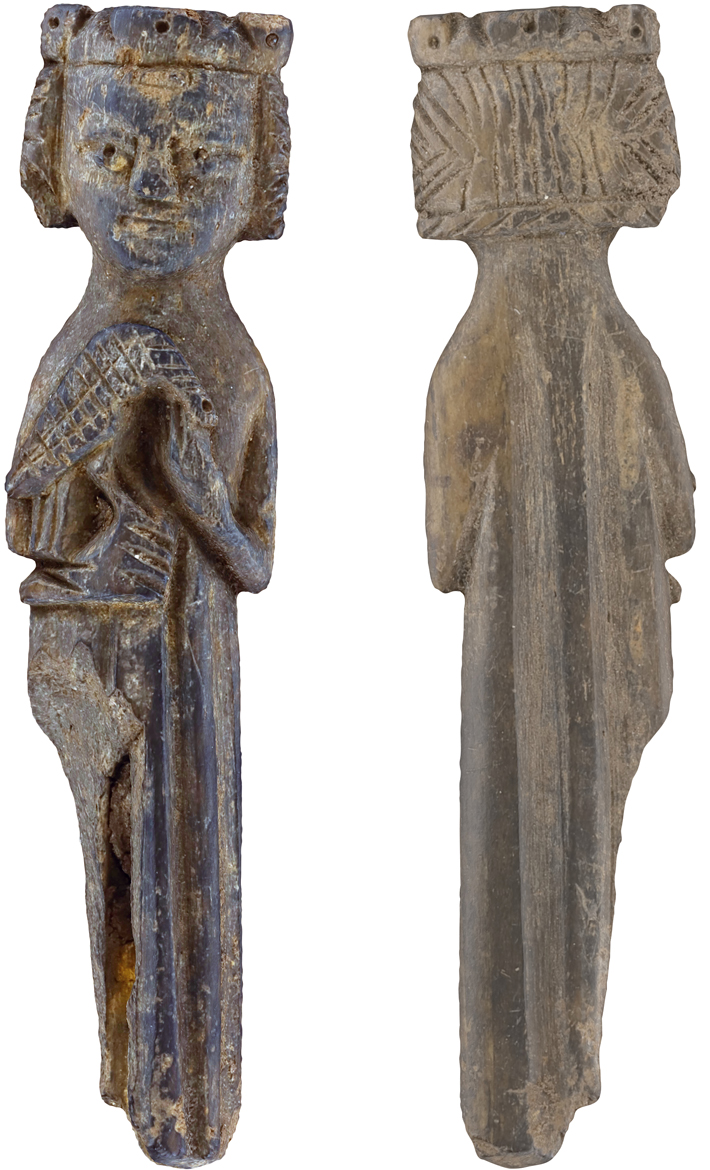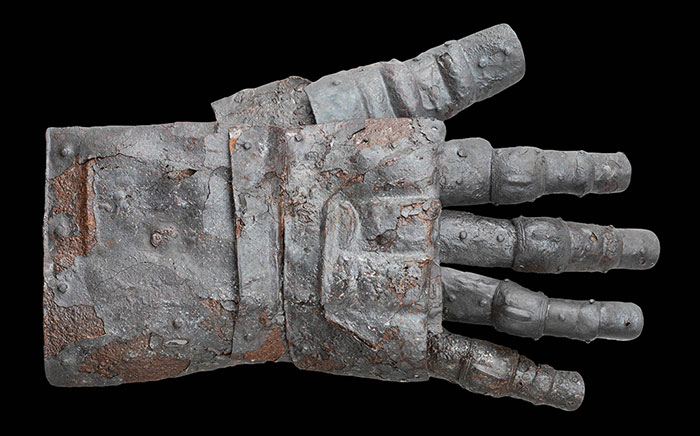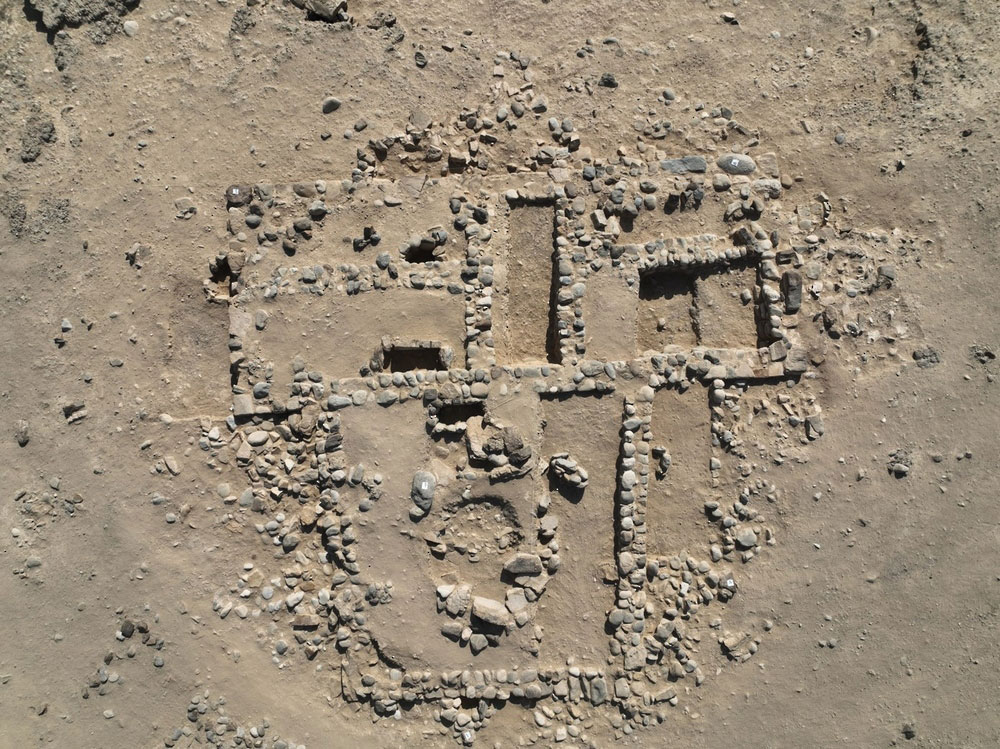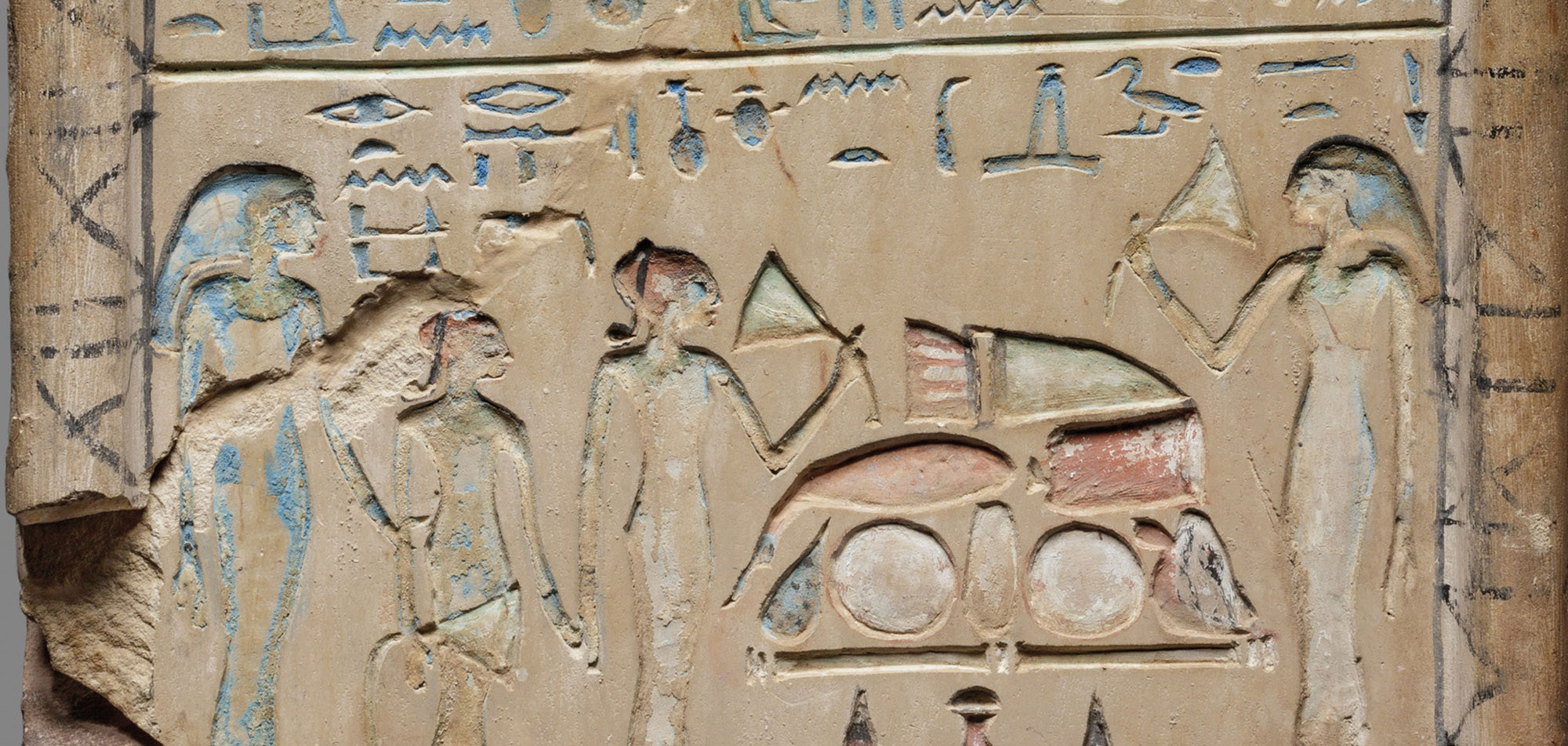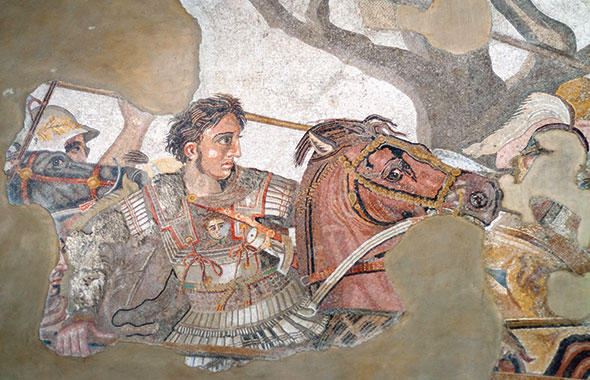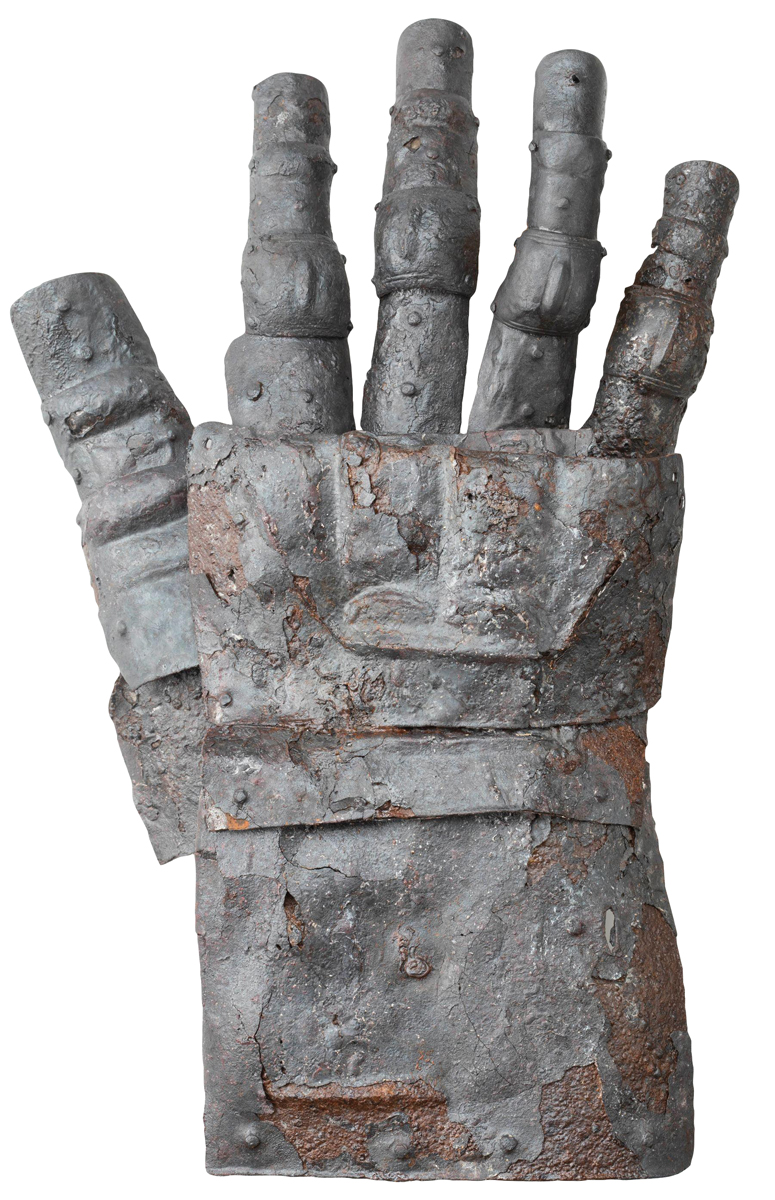
What is it?
Gauntlet
Material
Iron
Culture
Medieval
Date
Fourteenth century
Dimensions
.05 inches thick
Weight 2.8 pounds
Found
Kyburg Castle, Switzerland
The image of a medieval knight moving slowly and stiffly under the tremendous weight of his costly armor as he readies for battle or a joust is firmly fixed in people’s imagination. But, according to art historian Matthias Goll, much of this vision is a myth. “It’s an old fairy tale that medieval armor was incredibly heavy,” he says. It was, in fact, relatively light and flexible. A remarkable example is this right-hand gauntlet recently discovered near Kyburg Castle in northern Switzerland in the cellar of a medieval building that burned around the middle of the fourteenth century.
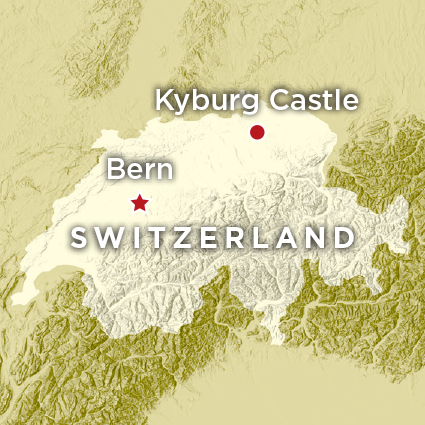
Because little is known about the smithies where armor was manufactured in this period, it’s unclear where the gauntlet was made, explains archaeologist Lorena Burkhardt of the archaeology department of the Canton of Zurich. Burkhardt adds that there is some evidence that there may have been a smithy in the town outside the castle, but that it is pure speculation whether the gauntlet was crafted there. Wherever it was fashioned, the gauntlet is of very high quality, and its makers employed the latest technology to make it effective, light, and flexible. “Future testing could examine if the plate sheet they used was even made of steel,” says Goll. “This would resist penetration far better than an iron-based material with a low-carbon-content.” He adds that the smiths also showed a profound understanding of human anatomy in constructing the gauntlet. Its individual plates are riveted at the joints, utilizing a newly developed technology.
And, while armor was indeed expensive, Goll notes that it’s not the case that in the late Middle Ages lower social class automatically meant lower economic welfare. “There were certainly knights struggling to afford a horse and armor,” he says, “and there were peasants wearing silk and fur.”



